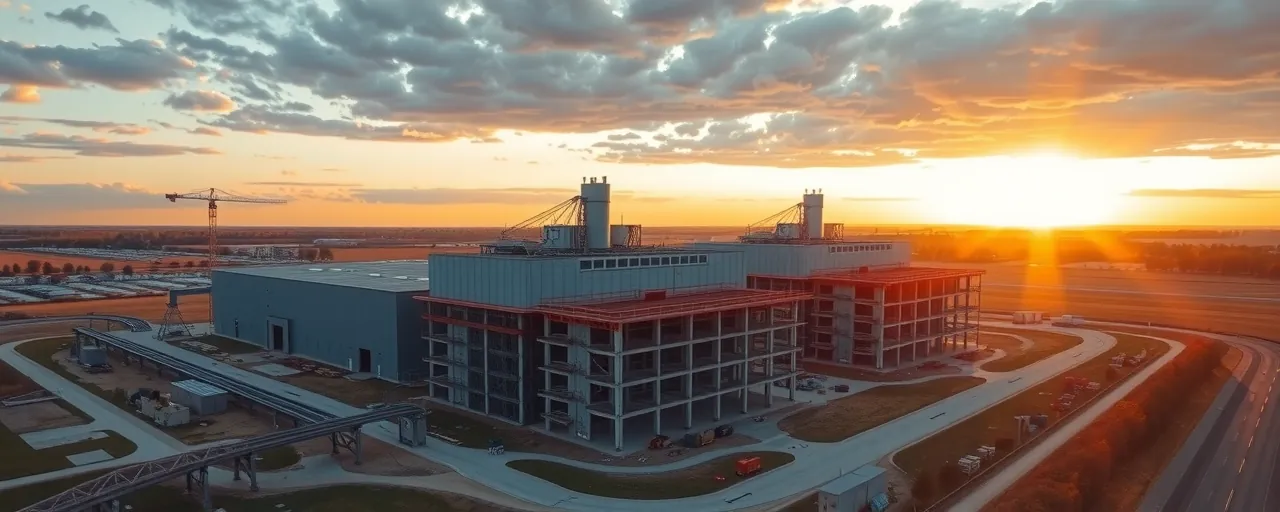A Bold Step for U.S. Medicines
On May 5, 2025, President Donald Trump signed an executive order to reshape America’s pharmaceutical landscape. The plan focuses on expanding domestic drug production, reducing dependence on foreign suppliers, and ensuring access to vital medications. It responds to vulnerabilities exposed during crises like the COVID-19 pandemic, when global supply chain disruptions left hospitals scrambling.
The order instructs the Food and Drug Administration to simplify approvals for U.S. manufacturing plants by removing redundant rules and offering early guidance to companies. It also raises inspection fees for foreign facilities and strengthens oversight of their ingredient sources. Meanwhile, the Environmental Protection Agency must fast-track construction permits, and federal agencies are directed to coordinate through a single contact to speed up projects.
About 80 percent of active pharmaceutical ingredients used in U.S. drugs come from overseas, with 90 to 95 percent of generic injectables relying on raw materials from countries like China and India. A single disruption, whether from conflict or disaster, could halt supplies, threatening both public health and national security.
The ambition is clear, but challenges loom. Will faster approvals compromise safety? Can the U.S. afford to produce drugs domestically without raising costs? And how will stricter foreign oversight affect global trade? These questions define the path ahead.
Why Homegrown Drugs Matter
National security drives this push. Congressional findings reveal the Department of Defense struggles to identify which critical drugs depend on potentially hostile nations. The COVID-19 crisis showed how quickly shortages of masks, ventilators, and medicines can escalate when global supply chains falter. A 2020 analysis warned that single-source failures could jeopardize military and civilian needs alike.
Quality issues add urgency. Manufacturing flaws cause 62 percent of U.S. drug shortages, often linked to foreign plants with weaker oversight. Past crises, like the 2007 heparin contamination and the 2012 meningitis outbreak, exposed gaps in tracking overseas production. The order tackles this by requiring better ingredient reporting and publicly naming noncompliant foreign facilities.
Economic benefits are also in focus. Supporters, including industry advocates and some lawmakers, argue that domestic production could create jobs and spur growth. Reshoring half of the U.S.’s ingredient imports could yield 800,000 jobs and $200 billion in economic output, according to estimates. The order builds on prior efforts, like 2020 tax incentives, to prioritize U.S.-made generics.
The Hurdles of Rapid Change
Constructing a U.S. pharmaceutical plant can take five to ten years, slowed by a tangle of regulations. FDA inspections, local zoning laws, environmental permits, and over 297,000 manufacturing rules create uncertainty for investors. The order aims to simplify this process, but some health experts caution that haste could lead to errors, as seen in past contamination scandals.
Cost is another concern. Producing drugs domestically is often more expensive than outsourcing to countries with lower wages. In 2023, the U.S. imported $203 billion in pharmaceuticals, mostly from Europe. Shifting to domestic production could increase prices for patients unless paired with subsidies or other cost controls, warn some health advocates.
Global relations pose a further challenge. Higher fees and tougher inspections for foreign plants may strain ties with major suppliers like India and China. Industry analysts note this could disrupt the supply of affordable generics, which account for 90 percent of U.S. prescriptions. Finding a balance between self-reliance and international partnerships will be critical.
Building a Resilient Future
This order fits into a broader effort to strengthen U.S. supply chains. Bipartisan proposals, such as investing $1 billion yearly in domestic manufacturing, show widespread concern about foreign reliance. Emerging technologies, like blockchain for tracking and RFID tags to prevent counterfeits, are also gaining traction to enhance security and transparency.
History informs this moment. The 1906 Food and Drugs Act laid early groundwork for safe medicines, while the 2013 Drug Supply Chain Security Act mandated detailed tracking to combat fraud. Today’s policies draw on these lessons, blending streamlined regulations with robust oversight to ensure quality and access.
Execution will determine success. Coordinating agencies through a single contact could cut construction timelines significantly, but past attempts at streamlining have faltered under bureaucratic inertia. The order’s focus on collaboration seeks The order’s emphasis on unified coordination aims to overcome these barriers, but its impact depends on effective implementation.
A Pivotal Moment for Patients and Policy
This executive order charts an ambitious course for U.S. drug manufacturing, promising more secure supplies, economic growth, and faster production. Yet its success hinges on navigating complex dynamics—industry pressures, global trade, and patient needs all play a role. The outcome will shape how Americans access medicines for years to come.
As the U.S. pursues this vision, the world watches closely. A robust domestic drug industry could reshape global supply chains, but only if it balances efficiency, safety, and affordability. The coming years will reveal whether this bold step delivers for those who rely on these medicines most.
